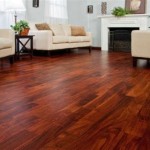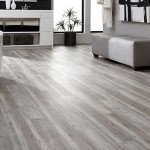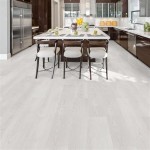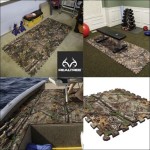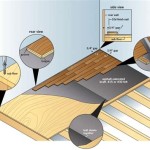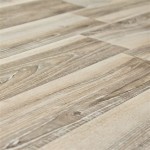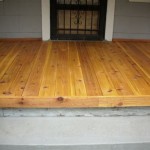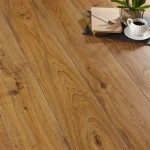Can I Install Vinyl Plank Flooring On A Wall?
Vinyl plank flooring has become increasingly popular for both residential and commercial spaces due to its durability, ease of maintenance, and affordability. While it is primarily designed for flooring applications, there has been growing interest in the possibility of installing vinyl plank flooring on walls. This article will delve into the essential aspects of this potential application, including its feasibility, advantages, and limitations.
Feasibility of Installing Vinyl Plank Flooring on Walls
The answer to the question of whether vinyl plank flooring can be installed on walls is generally yes. However, it is essential to note that not all vinyl plank products are suitable for wall installations. Some products may have specific limitations regarding their intended applications, and using them on walls could void their warranties. It is crucial to check the manufacturer's guidelines and specifications before proceeding with the installation.
Advantages of Installing Vinyl Plank Flooring on Walls
There are several advantages to installing vinyl plank flooring on walls:
- Durability: Vinyl plank flooring is highly durable and resistant to scratches, dents, and moisture, making it an excellent choice for high-traffic areas.
- Water Resistance: Vinyl plank flooring is waterproof, which makes it ideal for areas prone to spills or humidity, such as kitchens, bathrooms, and basements.
- Easy Maintenance: Vinyl plank flooring is easy to clean and maintain, requiring only regular sweeping or mopping.
- Aesthetic Appeal: Vinyl plank flooring comes in a wide range of designs and colors, allowing for creative and visually appealing wall treatments.
- Cost-Effective: Vinyl plank flooring is a cost-effective alternative to other wall coverings, such as tile or wallpaper.
Limitations of Installing Vinyl Plank Flooring on Walls
There are also some limitations to consider when installing vinyl plank flooring on walls:
- Installation Complexity: Installing vinyl plank flooring on walls requires more precision and attention to detail than installing it on floors, as walls tend to have uneven surfaces.
- Adhesive Requirements: Vinyl plank flooring for wall installations typically requires special adhesives or underlayments to ensure a secure and durable bond.
- Potential for Damage: Vinyl plank flooring can be damaged if subjected to excessive heat or sharp objects, so it is essential to handle it with care during installation and use.
- Limited Resale Value: While vinyl plank flooring can add value to a home's interior, installing it on walls may not be as desirable to potential buyers, potentially affecting resale value.
Conclusion
Installing vinyl plank flooring on walls can be a viable option to enhance the durability, aesthetics, and functionality of interior spaces. However, it is essential to carefully consider the product's suitability, the limitations of the application, and the potential impact on resale value before making a decision. With proper planning, preparation, and installation techniques, vinyl plank flooring can create stunning and long-lasting wall treatments that add character and value to any space.

How To Install Vinyl Plank Flooring On Walls Europine

Tips On Installing Vinyl Flooring Walls Ll

Going Up The Wall Installing Flooring Vertically Floor Trends Installation

Can Vinyl Flooring Be Used On Walls Home Expo Asia

Diy Wood Accent Wall Using Vinyl Planks Love Renovations

How To Install Waterproof Vinyl Plank Flooring Four Generations One Roof

How To Install Vinyl Plank Flooring On Wall Step By Tutorial Walls Wood Planks

Wall Cladding With Flooring Material 2024 09 23 Floor Trends Installation

Installing Lvt On A Wall

Diy L And Stick Vinyl Plank Accent Wall Flooring On Walls Bedroom
Related Posts

